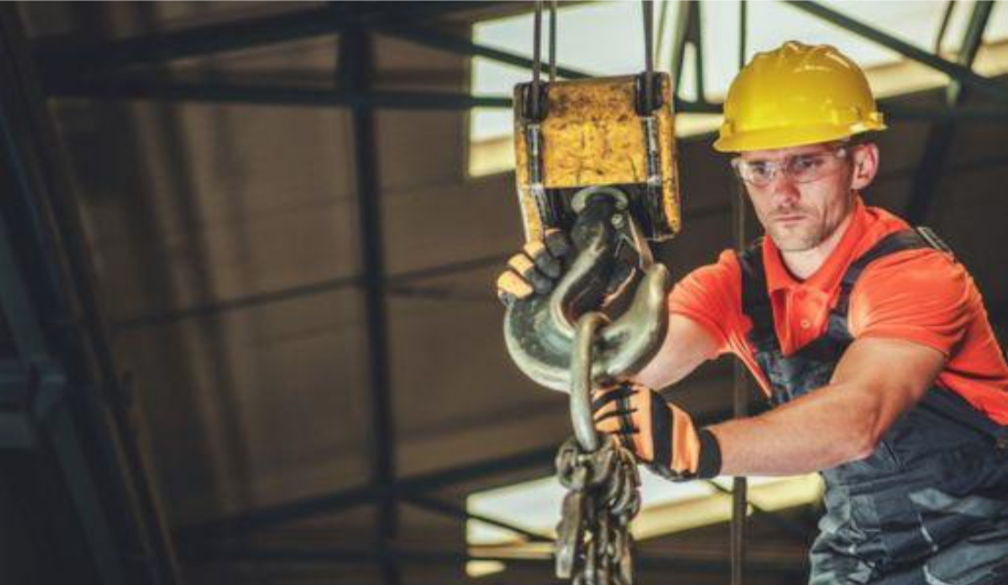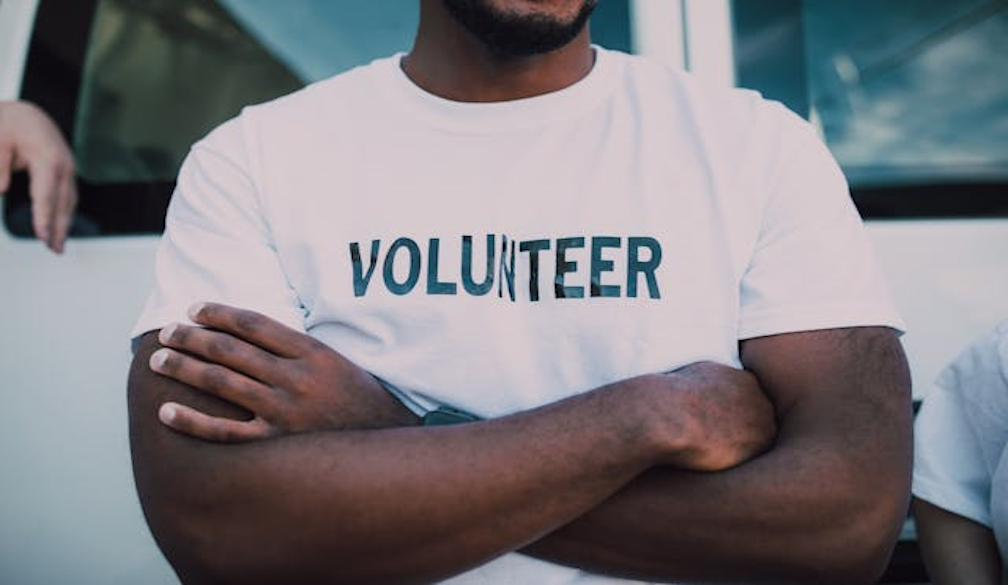Indigenous voices still missing in media stories on Indigenous affairs
- Written by Amy Thomas, Research fellow, University of Technology Sydney
Since the British invasion of Gadigal land at Sydney Cove in 1788, race relations in Australia have been underscored by what Wiradjuri writer Jack Gibson describes as the “supremeness of whiteness”.
Narratives of Indigenous inferiority and deficiency, combined with paternalistic policies, have produced a cultural climate where non-Indigenous voices have often dominated debate on matters of concern and importance to Indigenous communities.
However, in recent years, Indigenous journalists and storytellers have sought to change this.
The Uluru Statement From the Heart calls for a process of truth-telling. And as the Black Lives Matter movement has grown, some media organisations are recognising the need to deal with their histories of racist representations. In 2020, for example, the Stuff Group in New Zealand apologised for its racist and exclusionary depictions of Māori over decades.
Our new research, published as a joint report from All Together Now, University of Technology Sydney, Deakin University and Cultural and Indigenous Research Australia, examines the ways in which the mainstream media use language, voices, and other features (such as sources and points of view) to represent and frame Indigenous communities and issues.
Our research revealed the media is increasingly depicting Indigenous people and communities in “inclusive” ways. In a survey of 288 opinion pieces about Indigenous communities across mainstream newspapers and television networks in Australia, we found that 151 had inclusive depictions of Indigenous people.
Articles were considered inclusive if their language defied racial stereotypes, condemned racism, or gave a voice to Indigenous people.
However, when we delved more deeply into a smaller sample of these inclusive pieces using discourse analysis, we found that inclusive commentary can still deny agency to Indigenous people through marginalising Indigenous voices.
Exploring surface level inclusion
Focusing on 20 opinion articles published between 2019 and 2020 in five leading newspapers - The Sydney Morning Herald, The Australian, The Daily Telegraph, Herald Sun and The Courier Mail - we found that Indigenous voices, points of view and sources were routinely under-represented, while relevant historical and cultural context was regularly overlooked.
This obscures the actions and views of Indigenous people in the political debates that matter to their communities.
Our research found what we called surface level inclusion: inclusion of Indigenous people through the absence of negative stereotypes, but excluding Indigenous authors, perspectives, historical and cultural contexts, and voices.
Non-Indigenous voices dominated discussion of Indigenous matters. Only 20% of authors had an Indigenous background, while 50% were written by authors of an Anglo-Celtic background.
One example was the opinion piece, “Time to deal with dysfunction so First Australians can heal”, published by The Courier Mail. This almost exclusively recounted the issue of police brutality towards Indigenous people from the white author’s perspective, when it could have also drawn on the accounts of Indigenous people and their families.
We also found the majority of the articles we studied reflected the views of elites — a category we defined as members of government, police or academia. More than half (55%) of articles were written from this perspective.
By contrast, only 35% of opinion pieces contained an Indigenous point of view. We often found the authors’ white standpoint was prominent. This included white authors presenting an “us” and “them” dialogue, or focusing on coming to terms with their responsibility to provide support and allyship for Indigenous people.
This prevalence of white points of view was combined with a lack of Indigenous historical context and sources in social commentary discussing Indigenous issues. Just over a third of the articles did not make reference to historical and cultural context of invasion and/or subsequent policies of assimilation and discrimination.
As Darambul and South Sea Islander scholar Amy McQuire powerfully argues, inattention to Indigenous historical and cultural context in even sympathetic contexts can unwittingly assign blame for Indigenous disadvantage on individuals and communities rather than histories of racism and discrimination.
Sixty-five percent of the opinion pieces used Indigenous sources. While this number looks promising, considering we looked exclusively at inclusive social commentary, there is much room for improvement. A dominant white lens distorts public perceptions of Indigenous people and politics.
The role of media to challenge and change
Our research shows that a substantial shift in media commitment to highlighting Indigenous voices and perspectives is required to challenge the negative patterns of deficit-based reporting. Even “inclusive” coverage has not always been paired with centring Indigenous voices and prioritising Indigenous perspectives on Indigenous issues.
In her foreword to our report, award-winning Warlpiri journalist and creative Rachael Hocking argues that our findings speak to “the power imbalance of whose knowledge is valued in Australian society.”
Hocking argues that mainstream media journalists must deliberately engage with and learn from Indigenous-run media, which prioritise Indigenous knowledge and expertise. This is just one of five key recommendations our report makes for ways the media can engage in a process of reflection and seek to change or challenge the status quo.
As Stuff’s chief executive, Sinead Boucher, recognised in 2020, media has “an enormous impact in shaping public thought”. Rather than imagine its role as a passive reflection of public opinion, the media can acknowledge and take responsibility for the way it shapes the conversation around Indigenous issues.
Deliana Iacoban and Umesha Weerakkoddy from All Together Now also contributed to this article.
Authors: Amy Thomas, Research fellow, University of Technology Sydney



















